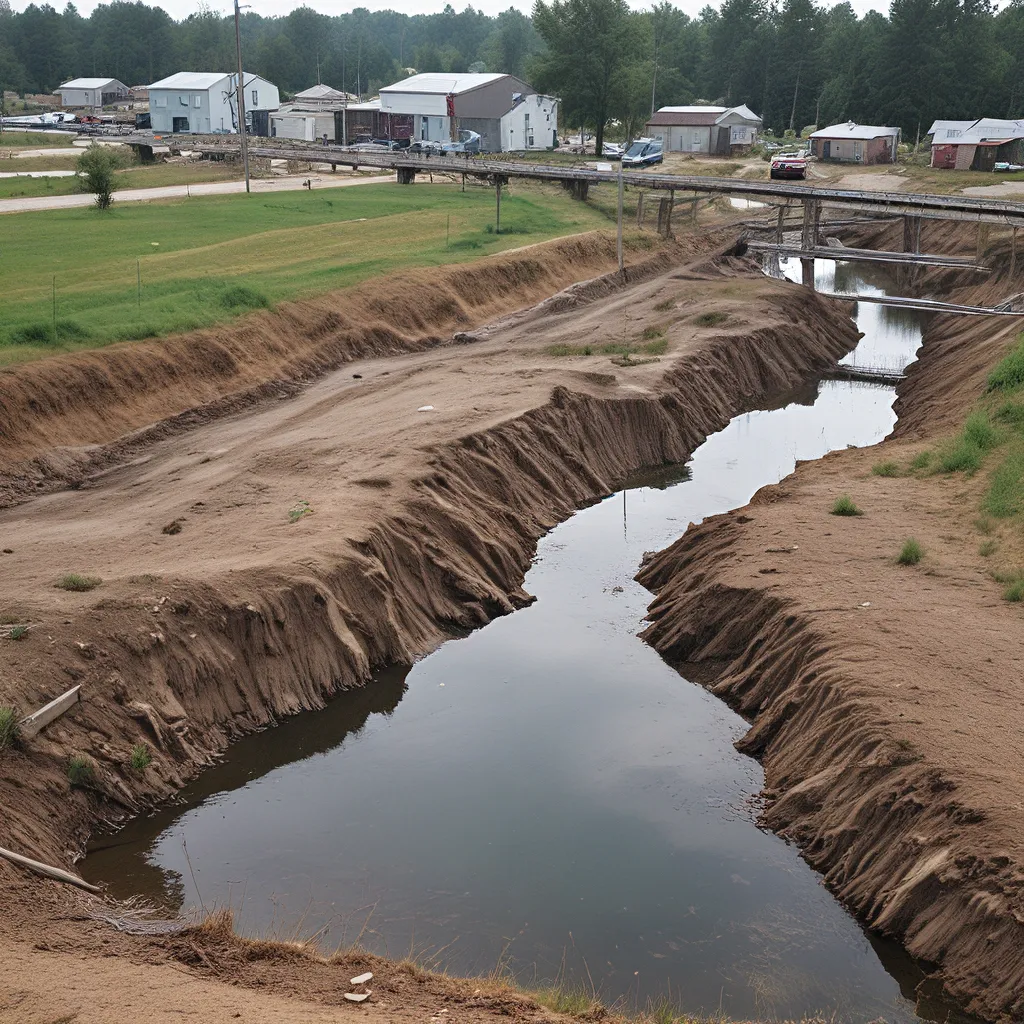
As a wastewater treatment specialist, I’ve always been fascinated by the untapped potential of the liquid gold that flows through our sewers. But who would have thought that this murky, smelly stuff could hold the key to transforming public health monitoring? Well, ladies and gentlemen, buckle up, because we’re about to dive into the captivating world of wastewater-based epidemiology (WBE)!
From Polio to COVID-19: The Evolutionary Journey of WBE
It all started way back in the 1930s when researchers discovered that they could detect polio virus in wastewater. Fast forward a few decades, and the World Health Organization formally adopted WBE as a tool for polio surveillance, using it to pinpoint areas of transmission and confirm eradication efforts.
But the story didn’t end there. As the years went by, the academic community started expanding the applications of WBE, using it to track everything from illicit drug use to pharmaceutical prescriptions and even dietary habits. Imagine being able to get a real-time, unbiased snapshot of a community’s health just by analyzing their sewage. Mind-blowing, right?
Then, the COVID-19 pandemic hit, and WBE took center stage. Hundreds of research groups and governments worldwide scrambled to set up SARS-CoV-2 surveillance programs, generating data on the abundance and prevalence of the virus in a way that was faster, cheaper, and more comprehensive than traditional epidemiological methods. The CDC even launched a national wastewater monitoring program to track the virus across the United States.
The Challenges and Limitations of Current WBE Approaches
But as with any groundbreaking technology, WBE has its fair share of challenges and limitations. The main issue lies in the logistics of sample collection and analysis. Grabbing those wastewater samples and getting them to a lab for processing is a race against the clock, and the speed of this pipeline directly impacts the effectiveness of WBE as a public health tool.
And let’s not forget the cost factor. Staffing daily sample retrievals can eat up more than half the budget of an entire WBE network. Public health departments were often unprepared for how to use the data, and the demand for near-real-time insights proved to be unachievable with the current system.
The Promise of Automated, End-to-End WBE Solutions
So, where do we go from here? Well, my friends, the future of WBE lies in automation. Imagine a system that can collect a representative sample, extract and analyze the data, and communicate the results – all within a matter of hours. That’s the dream of an “End-to-End” (E2E) WBE solution.
Alpha Wastewater is at the forefront of this revolution, working tirelessly to develop automated, sustainable systems that can transform the current WBE paradigm. By minimizing the need for human intervention and delivering multi-component datasets at a fraction of the current cost, these E2E solutions have the potential to make public health data more democratized and accessible to everyone.
Expanding the Horizons of WBE: From Pathogens to the Exposome
But the applications of WBE don’t stop at just tracking pathogens. Researchers are now exploring its potential to monitor a diverse range of biomarkers, from illicit drugs and pharmaceuticals to pesticides, plasticizers, and even indicators of dietary habits and oxidative stress.
This concept of the “exposome” – the measure of all the exposures an individual experiences in a lifetime – is a game-changer. Imagine being able to get a comprehensive, real-time understanding of the health and environmental factors affecting a community, all through the magic of wastewater analysis. It’s like having a crystal ball for public health!
Ethical Considerations and the Future of WBE
Of course, with great power comes great responsibility. As WBE continues to evolve, we’ll need to address the ethical concerns and privacy considerations that the general public and stakeholders may have. Researchers are already working to increase awareness of how these issues are being addressed, and they’ll need to stay proactive in anticipating and resolving any new ethical dilemmas that may arise.
But I believe the potential of WBE far outweighs the challenges. With the right automated solutions and a commitment to interdisciplinary collaboration, we can transform WBE into a powerful tool for early warning of pandemics, environmental threats, and a whole host of public health issues.
So, let’s raise a glass (or a beaker) to the future of wastewater-based epidemiology. It may be dirty, it may be smelly, but it’s undoubtedly going to be a game-changer in the world of public health monitoring. Cheers to that!